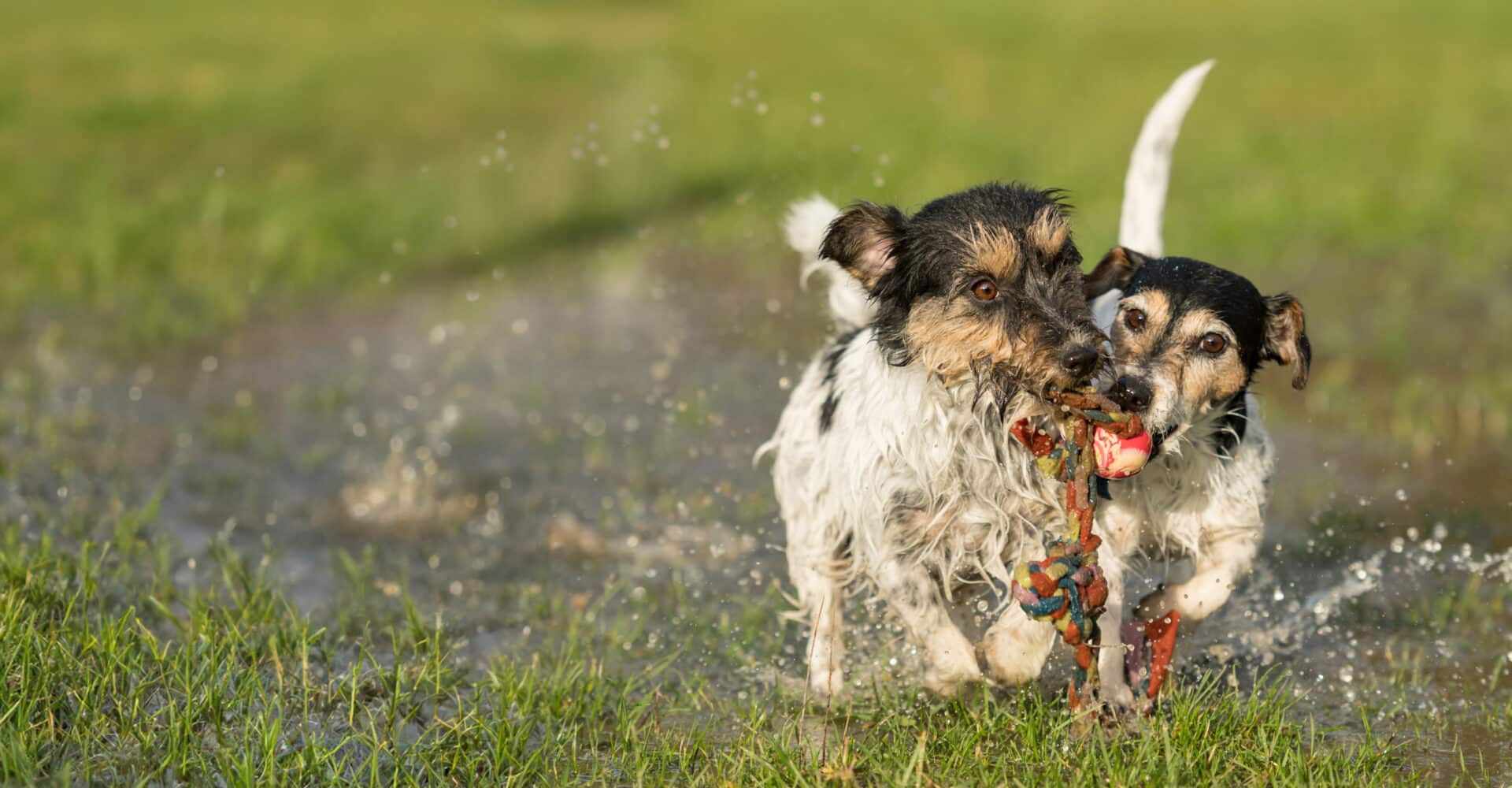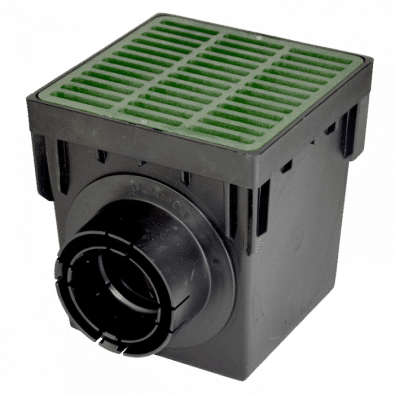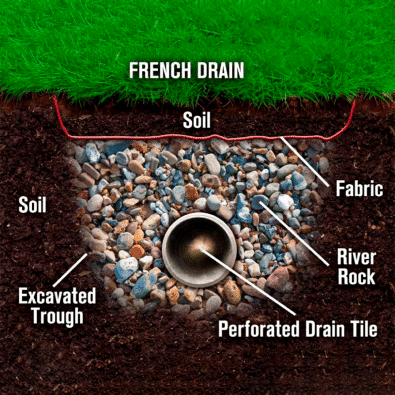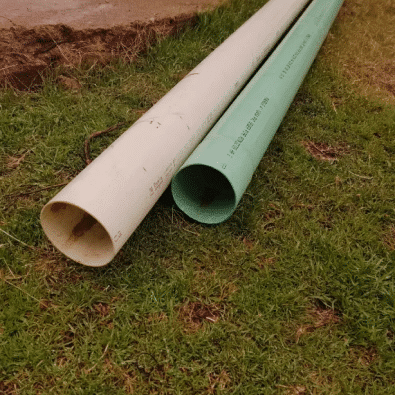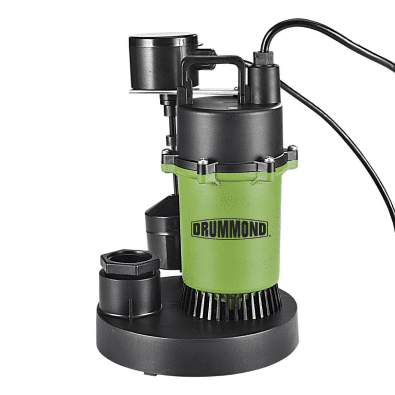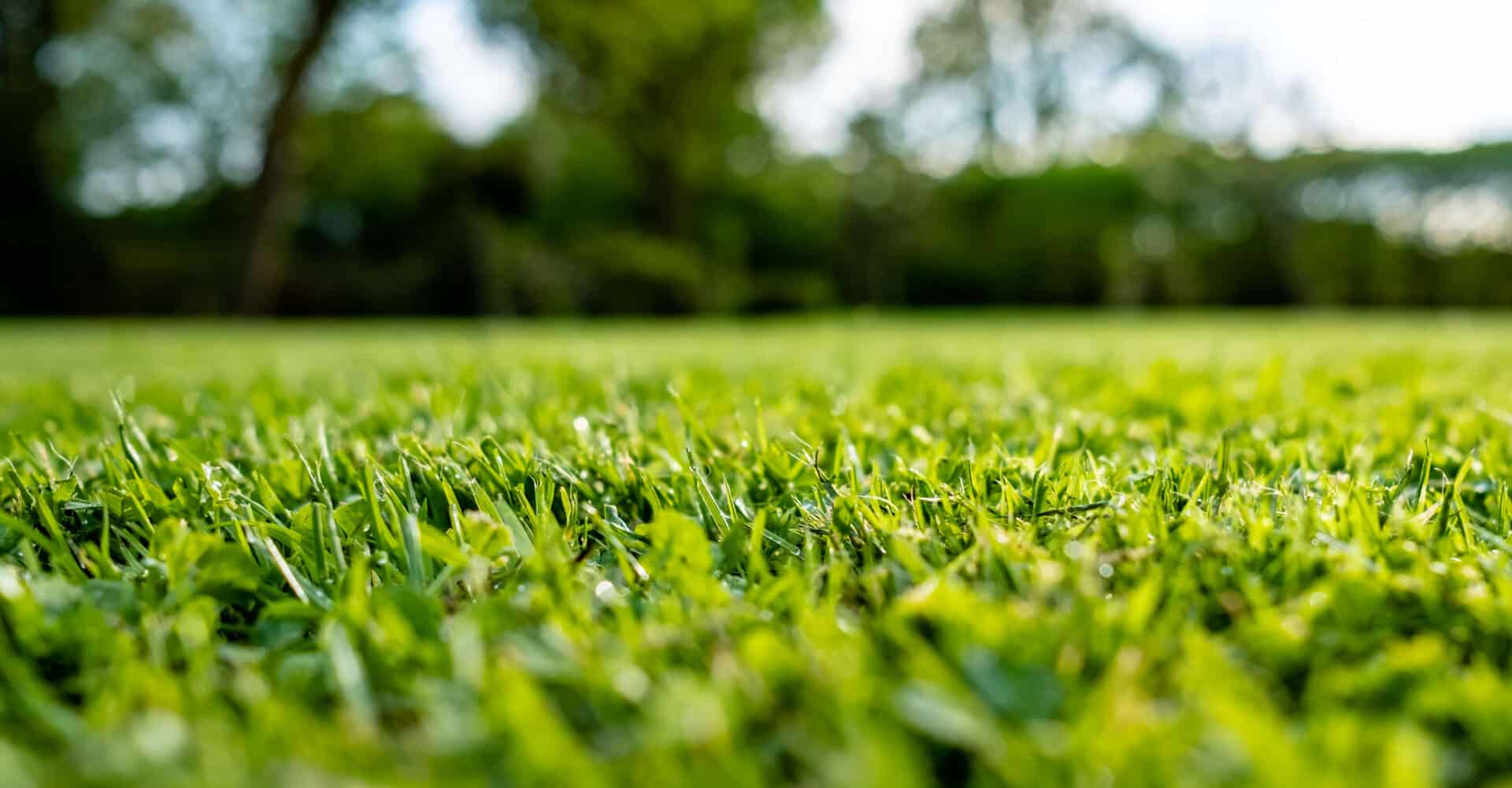Rain, Rain, Go Away…
Investing in drainage systems can significantly safeguard your more substantial investments in your lawn, landscape, and home. By installing a variety of drainage solutions, we aim to make your yard safer and drier, enhancing the overall health and appearance of your lawn and landscape. Without proper drainage, lawns and landscapes cannot reach their full potential, as excessive water can cause issues such as fungal infections and dieback in lawns. Moreover, it can lead to root rot in plants like boxwoods and the rapid decline and death of many tree and shrub species due to waterlogged conditions in flower beds.
Get Started:
If you need drainage in your lawn or flowerbeds, we’re here to help. Simply reach out, and we’ll arrange for our estimator to meet with you and provide an itemized quote. With hundreds of drainage system installations under our belt, we stand behind our work with a solid guarantee.
Call, text, or email us today to get started on getting your yard back!
A Few Drainage Tips
- Catch Basins Are Better Than French Drains: When installing a drainage system, catch basins tend to do a much better job at removing water than french drains. A catch basin is essentially a large, typically square-shaped opening connected to a pipe system, designed to collect and channel surface water into it. They are usually 9 or 12 inches across and flush with the ground.
French Drains are often mentioned but commonly misunderstood. Essentially, they are hidden underground drainage systems comprising a perforated pipe, a protective drainage sock, and gravel. Water seeps in from above. However, from our experience over 12 years and hundreds of installations, we’ve observed that French Drains tend to clog over time and are extremely difficult to clear once blocked. While they have their applications, catch basins are typically a more efficient, cost-effective, and reliable solution for drainage in 90% of cases. - Pipe Size Matters More Than Basin Size for Efficiency: It’s a common misconception that simply upsizing catch basins, say from 9” to 12” or 12” to 18”, will significantly enhance drainage speed. In reality, the key factor in drainage efficiency is the diameter of the connecting pipes. Most drainage systems are 4” or 6”. A 6” pipe system can handle nearly triple the water volume compared to a 4” system thanks to the physics of larger pipes, making it a much better investment. You can add three times the number of downspouts on a 6” system without compromising performance.
- Avoid Pumps If Possible: While sump pumps might feel like the go-to for outdoor drainage, they’re not without their headaches. Exposed to the elements, they can easily get clogged, fail, or even burn out. And they’re no help during a power outage. That’s why we’re big fans of gravity-fed systems—they’re just more dependable. Pumps caused so many issues that we stopped installing them altogether three years ago, opting for solutions that keep things flowing smoothly without the fuss.
